Marc Ambrus, digital technology entrepreneur, and Emmanuel Tarpin, jewelry designer, live between Paris and New York while building up their ever-evolving art collection in both homes, which include artworks by Robert Rauschenberg, Josef Albers, Christopher Wool, Bridget Riley, Urs Fischer, Albert Oehlen, among others.
The French couple open to LARRY’S LIST the doors to their art and design universe. They also talked about how a sculpture can bring a journey in winter “when the cold is softly sharp”; how they create two homes of different styles in Paris and New York; when they would consider selling an artwork while what works they would never part with; as well as the art-world pet peeve in their views.
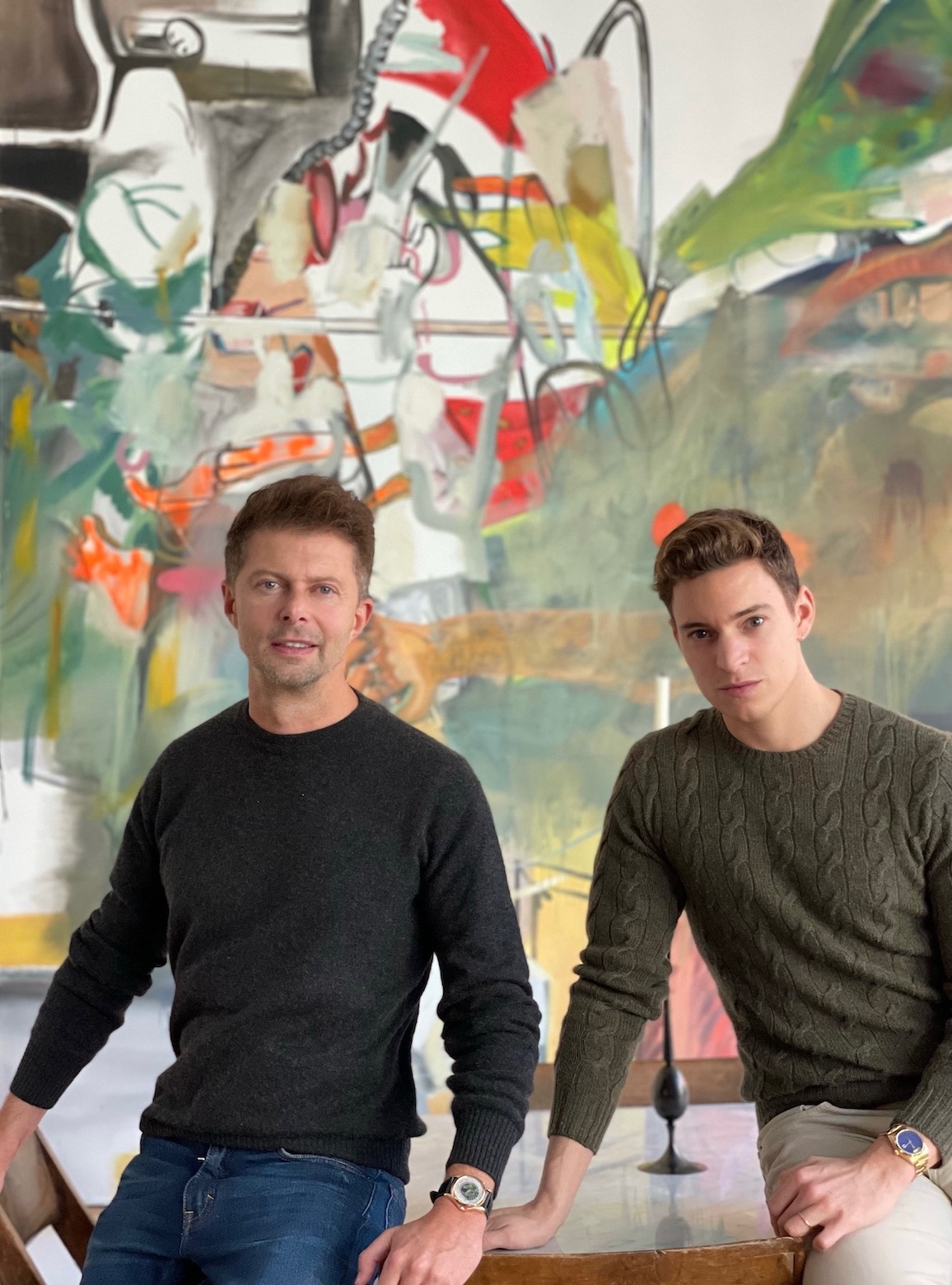
Collecting
What made you want to start collecting art? What is the main motivation behind your collecting?
Since our childhood, Emmanuel and I were both actively curious, visiting museums all around the world, and we have been lucky enough to discover a great diversity of artists since a very young age: from Italian Renaissance to Picasso to abstract artists, like Rothko and Albers…
Art is about your own vision, your own feelings; collecting art is about developing your sensitivity through your own eyes.
When did you fall in love with a piece of art? What was it?
Marc Ambrus (MA): I’ve been falling in love with every piece of art I collect. This is how it works, I see a piece then I realize how it could be enhancing my everyday life. That happens since I bought one of my first pieces, which was a photography, a constellation by Thomas Ruff — an absolute “coup de cœur”; this has nothing to do with rationality.
Emmanuel Tarpin (ET): I fell in love few times! The one which truly touched my heart is the “Blizzard” Mobile by Alexander Calder, an impressive but yet very delicate sculpture, completely white, which brings you into a snowstorm, a journey in winter, when the cold is softly sharp.
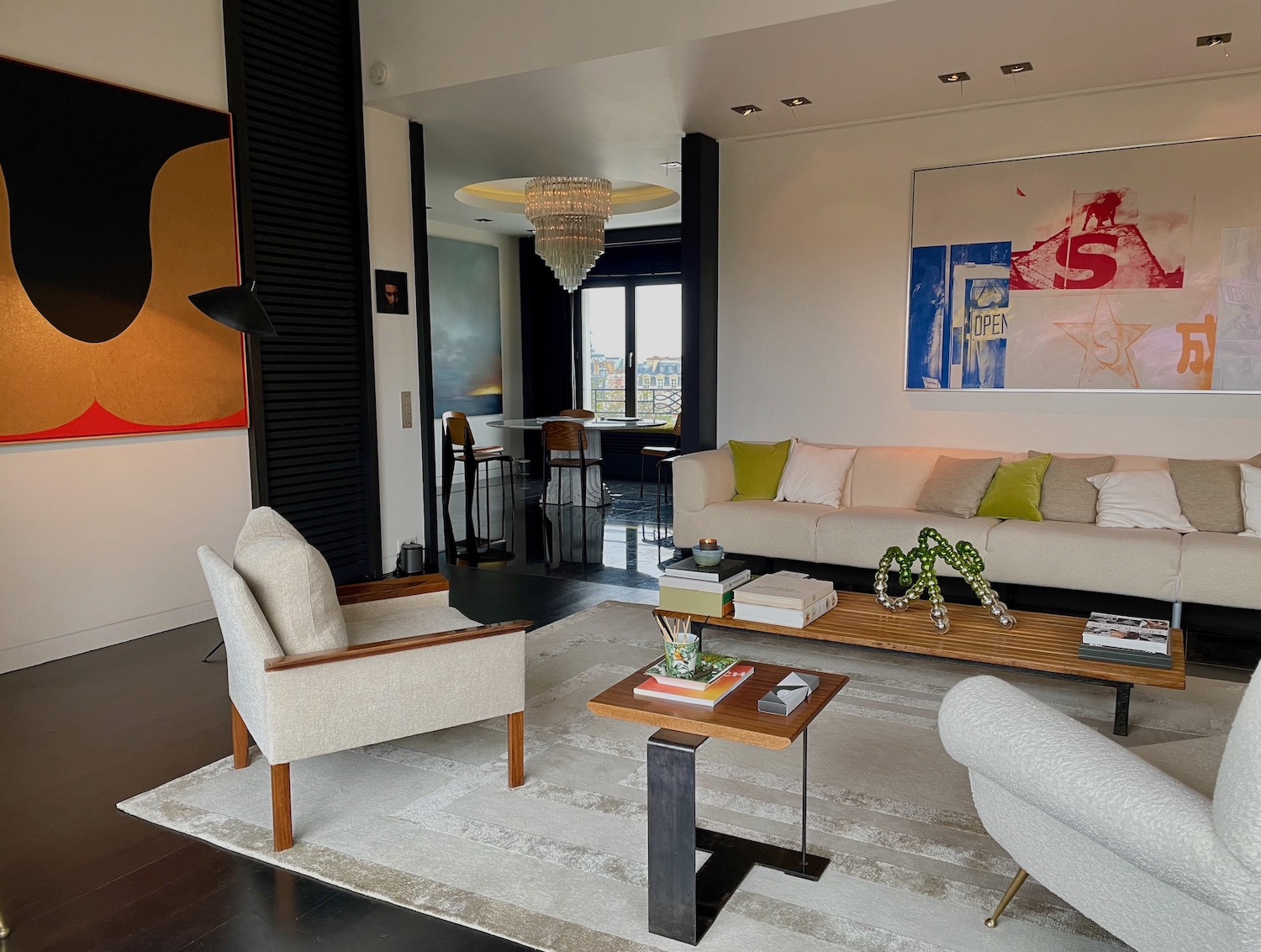
What is your focus regarding the artists in your collection? Are you more interested in emerging or renowned artists?
There’s absolutely no focus, it’s always about an encounter. We both think that if you focus on certain type of artist, you miss a lot. We would speak of our collection as a journey, always evolving — Emmanuel and I are unable to stay still. Emerging or renowned artists, we just follow our sensitivity and instinct, that’s our way to create our own symphony.
Is there any particular type of art that has consistently attracted you, or anything that unites all the works you have acquired?
MA: My taste for art goes from minimal art like Judd or Carl André to very colorful pieces. For instance, this larger-than-life painting by Albert Oehlen from 2001 that we have in New York. Each time I look at it I discover something new. It represents an impressive chaos, and contains fragments of comic strips and allusion to Duchamp or Salvator Dali through several characters or symbols…
ET: I am truly sensitive to kinetic Art, Bridget Riley’s work for example. There is this special connection between the piece and its spectator/actor. Everyone can be part of the piece’s awakening, it becomes a show. There are so many techniques, so many artists, so many experiences… this type of art for me is eternal.


What were the first and the latest artworks you purchased? How many artworks do you own?
The first was a photography, a large constellation by Ruff; and there are two last paintings we recently purchased, and that arrived in our Parisian appartement almost the same day: one is a painting by the Korean Artist Huong Dodinh —we discover her work at Asia Now and simultaneously at Musée Guimet; and the other work is a recent “Outrenoir” by Pierre Soulages. For us, he’s one of the greatest living artists, and his recent works are still as impressive as a young man of almost 102 years old.
We don’t buy art to put it in storage so both of our apartments are filled with many pieces of art.
Where do you display your collection? Are there any differences between the art you put in your apartments in Paris and in New York?
Our collection is split between our two places in Paris and New York. These two are very different — Marc created in New York a very modern and structured place. The lines are more precise and sharp so it naturally ask for more intensity from the pieces of art.
In Paris, the space is warmer and more cozy with some pieces of wood furniture by Charlotte Perriand, Jean Prouvé, or Pierre Jeanneret. The place offers a lot of light, which allows us to play on the textures and contrasts in a very engaging and contemplative atmosphere.
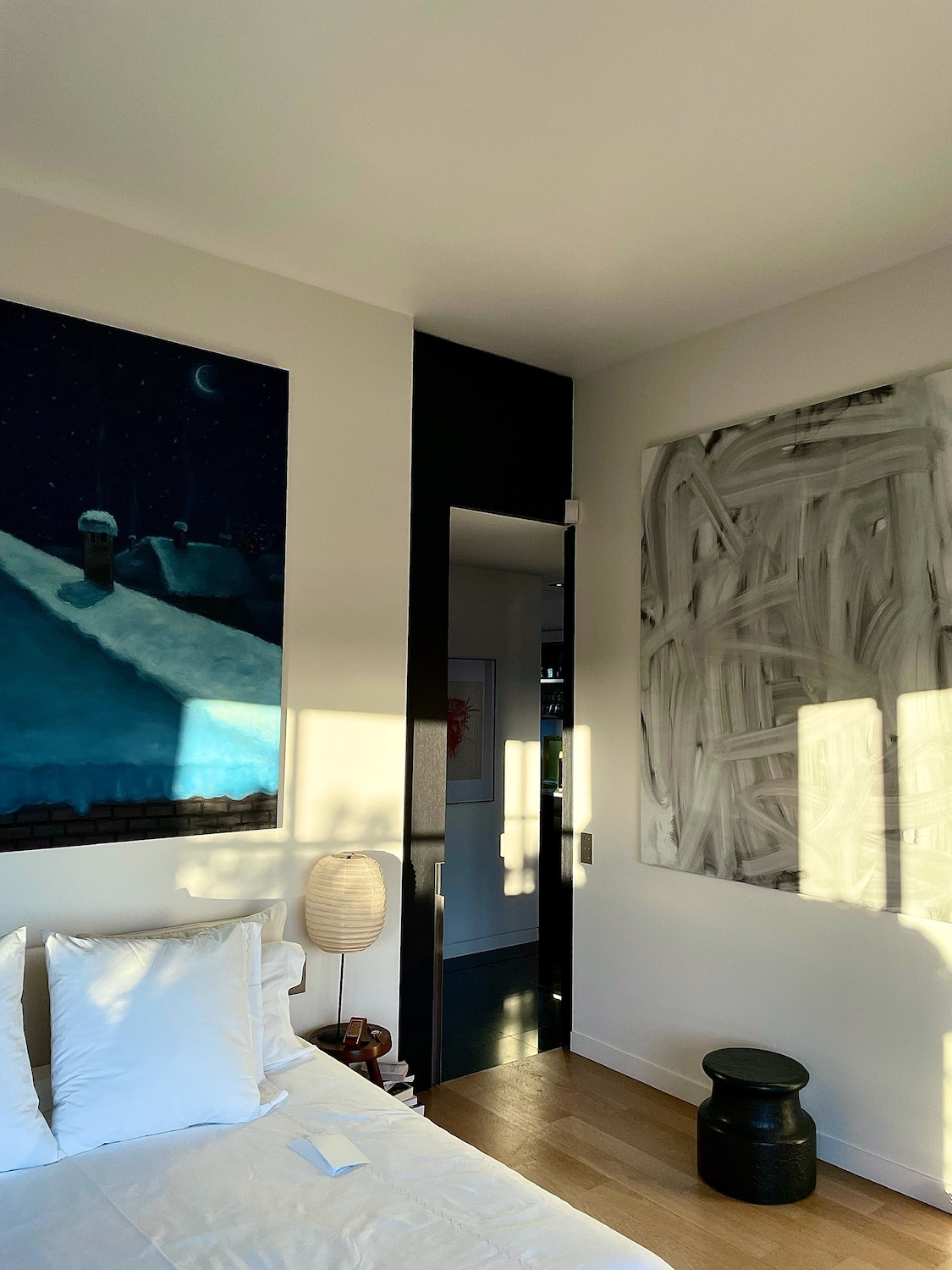

Have you ever presented/ Would you wish to present your art collection publicly?
I have lent some pieces once in a while for specific exhibition or solo show of an artist, but we never presented the whole collection together. As it’s constantly evolving, we have time to think about it.
What considerations guide you to make a purchase?
First is our own taste and love for the piece, and then comes reason (not always!) — knowing our passion for art, we know we could act like Peggy Guggenheim and buy a piece of art each and every day.
And then what do you consider when selling a work? Which artworks you would never ever sell?
You can never say never. Life changes fast, technology even faster; it also depends on how your vision of the piece has evolved in time.
We both consider selling a piece when the relationship with it is over, when the dialogue between us is not existing anymore.
However, we would never sell an artwork which come from our family or is offered by a friend.
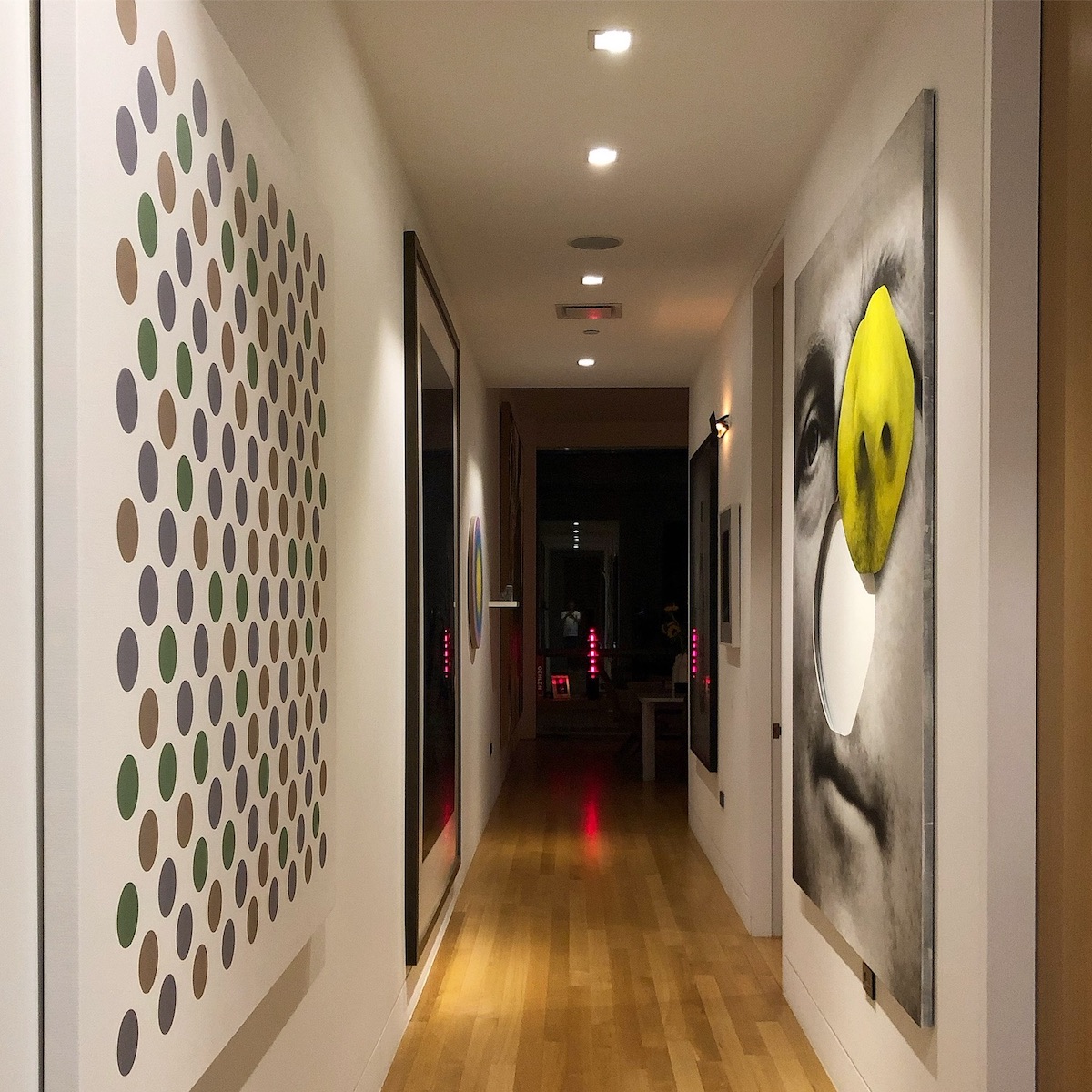
How important is it for you to meet the artists who created the artwork?
We think it is not essential but can definitely be a great opportunity.
It is always thrilling to share your own vision of the piece with its master. It can inspire a fresh look at it, a new way to admire it.
MA: I have had great encounters: a drink with Thomas Struth, a coffee with Christopher Wool, or a visit by Ed Ruscha himself in his studio in Santa Monica a decade ago. Also, Emmanuel has become close friends with Jean-Michel Othoniel and Johan Creten.
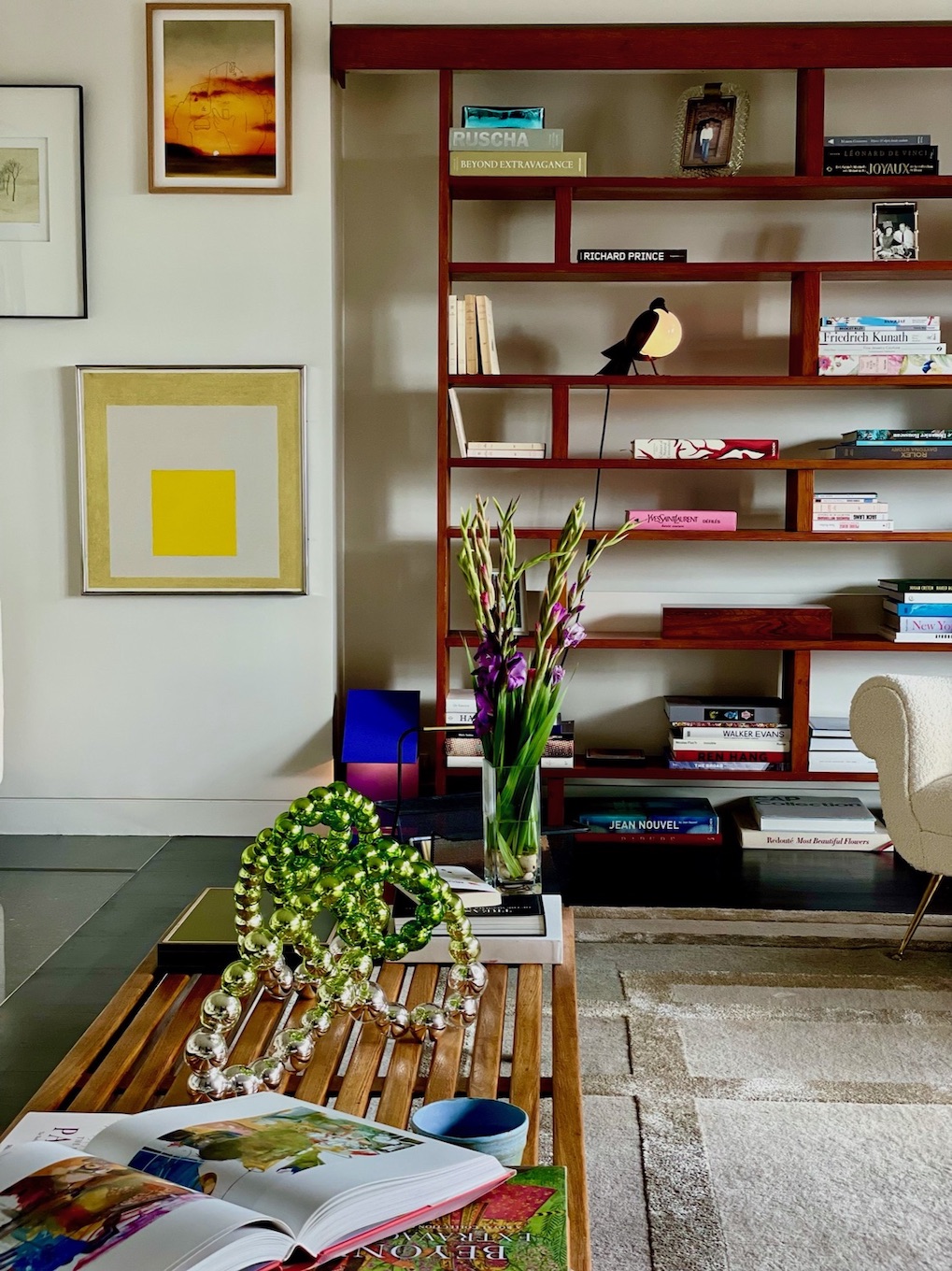
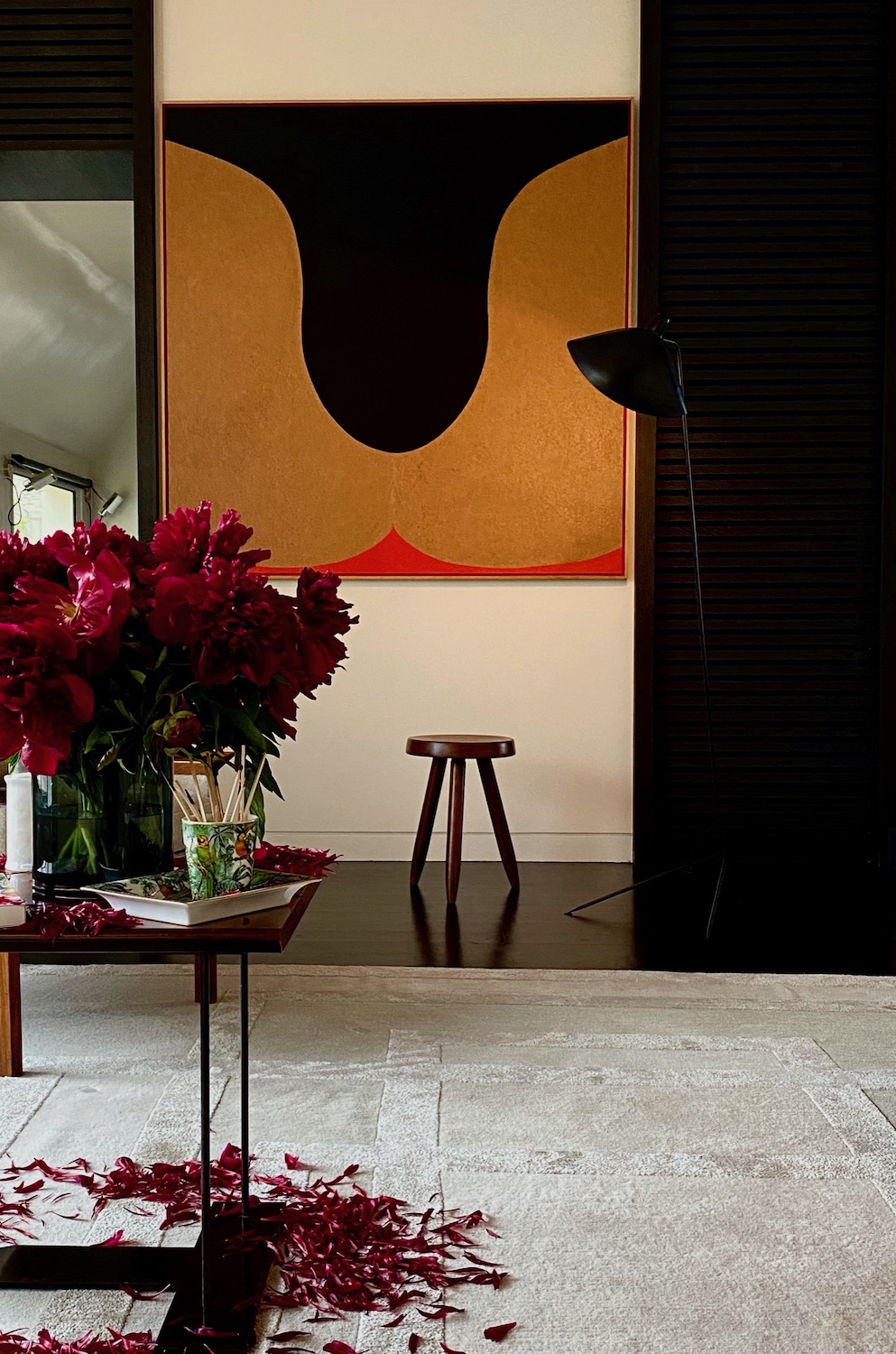
The Art World
What was your happiest moment being involved in art?
MA: Sharing my everyday life with an artist, Emmanuel Tarpin.
ET: I think there is no specific moment — it’s a perpetual discovery. I studied art and have always been involved in it, but Marc offered me his vision, which made me change my mind several times and develop my curiosity.

What’s your art-world pet peeve?
Some gallerists with an attitude or some only guided by their sense of profit. In the end, this has nothing to do with art for some of them. On the contrary, some love what they do and are happy to make you discover their own world, open for you the secret doors of artists’ studios…
Who inspires you the most in the art world?
MA: Artists who have the ability to always reinvent themselves; Albert Oehlen and Urs Fischer both fulfill this criterion.
ET : I agree with Marc about artists who always reinvent themselves. As a nature addict and art lover, I am really inspired by land art and specially Andy Goldsworthy’s work, which for me is the perfect reunion between both in so many different ways.
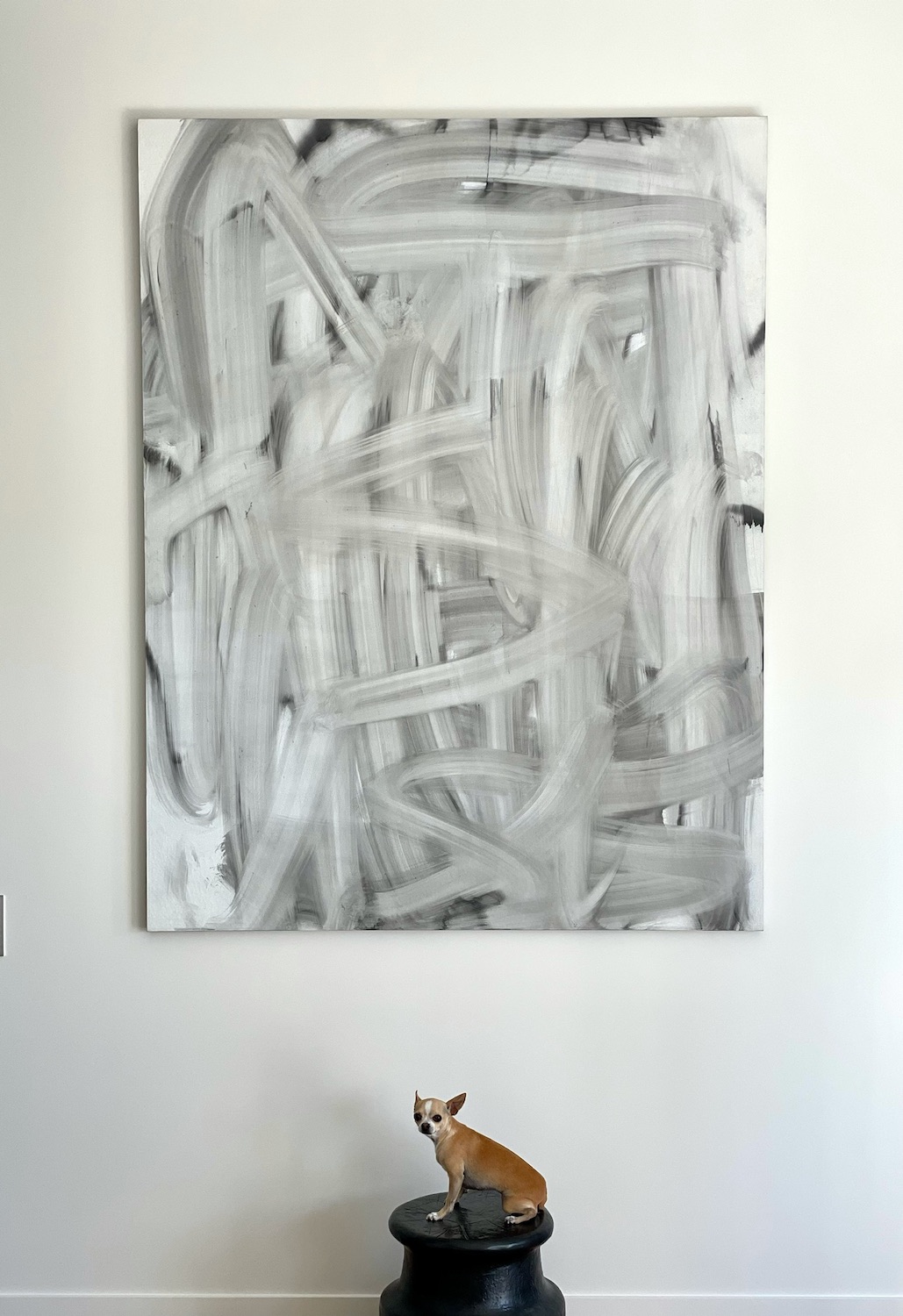
You often travel between New York and Paris. How would you compare the art scenes and the artists in these two cities?
The art scene in Paris is now better than ever. Until recently, we thought that the New York scene was the most active, but since a few months, Paris isn’t anymore “la belle endormie” (the sleeping beauty).The Albers show at the MAM is sensational; the Soutine De Kooning at Musée de l’Orangerie and Georgia O’Keefe’s retrospective at Pompidou are both historical.
New York is an overwhelming city, and it has proved it again with the recent sale of the Macklowe collection. It offers also a great diversity of exhibitions, like Etel Adnan at the Guggenheim or Jasper Johns at the Whitney.
What are you especially excited about in regard to art in the next 12 months?
We are happy to be in New York now for the big November auctions, and then we will be thrilled to spend a few days in Art Basel Miami, where we have not been for years at this arty time of the year. There we will revisit the Rubell Museum and also the new immersive experience at Superblue Miami. Art is also the best pretext for changing horizons, so we might travel a lot in the forthcoming year!


Instagram: @marcambrus and @emmanuel_tarpin
A selection of artists Marc and Emmanuel collect:
Albert Oehlen
Bridget Riley
Christopher Wool
Jean-Michel Othoniel
Thomas Struth
By Ricko Leung





